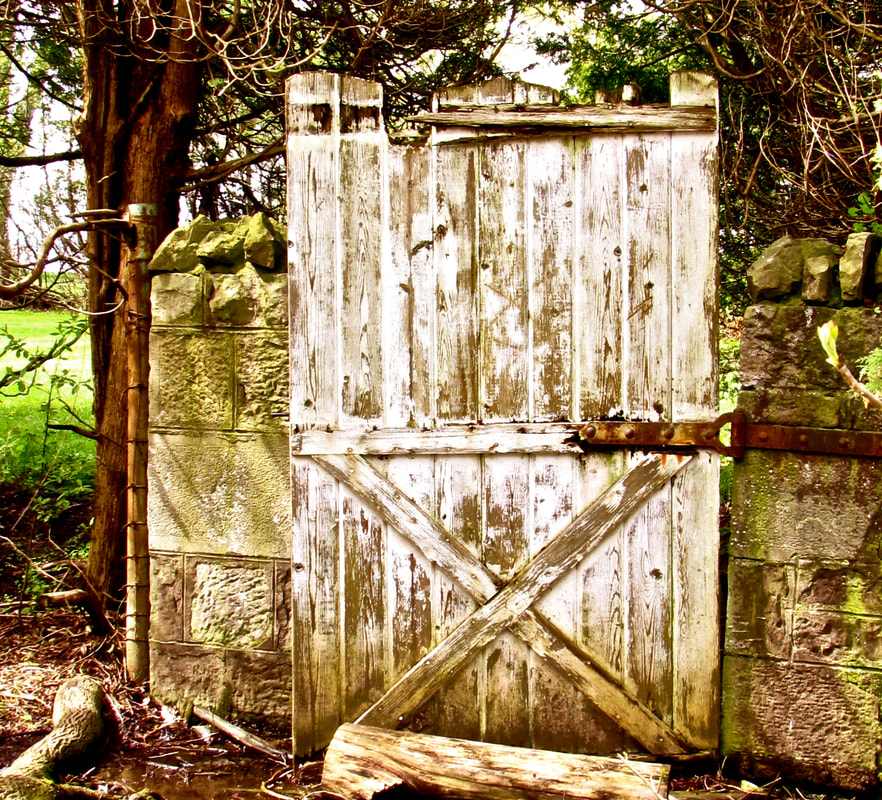 "Homage to Tim Fitzharris" oil 24 x30
"Homage to Tim Fitzharris" oil 24 x30 Last summer in the company of a very bright, engaging person who knew a lot about botany, I commented that I wanted to locate a particular wildflower because I couldn't remember its habitat and wanted to paint it in situ. Without a backward glance, she said "Just fake it. That's what art's about."
No.
Let me think about that.
No.
Let me first admit to personal bias. Looking at anything generic makes me long for specificity. If I am painting a maple tree, I try to capture its grandly symmetrical shape; botanists refer to this quality as "opposite rather than alternate". The pagoda trees which volunteer on our property with predictable regularity should, on the other hand, look as if they are built on the principle of alternate but equal, like a tai chi stance; I like them best set against a light backdrop like our neighbours' stucco, where in winter their elegant shapes sing. I want white pines to be tall and irregular, their longest branches pointing to the south-east (in a pinch, a mature white pine can function as a rough compass if you are lost in the woods). And tree trunks ALWAYS have straight parallel edges and never taper up. Point being, tree species have some things in common but many many differences. In October you would never confuse a poplar forest with a maple-beech forest. You would sense something is wrong but perhaps not what is wrong. It just doesn't feel true to your experience.
I propose that Art is about TRUTH of some sort. So our next job is to think more about what constitutes artistic truth. Let's begin by agreeing with Gerhard Richter's assertion that "I believe that art has a kind of rightness, as in music, when we hear whether or not a note is false." The "bright, engaging person" may not have been an artist but I am pretty sure that she would have been vaguely bothered by the painting of a fake plant.
More on this topic in March. Good-bye February!!

 RSS Feed
RSS Feed
